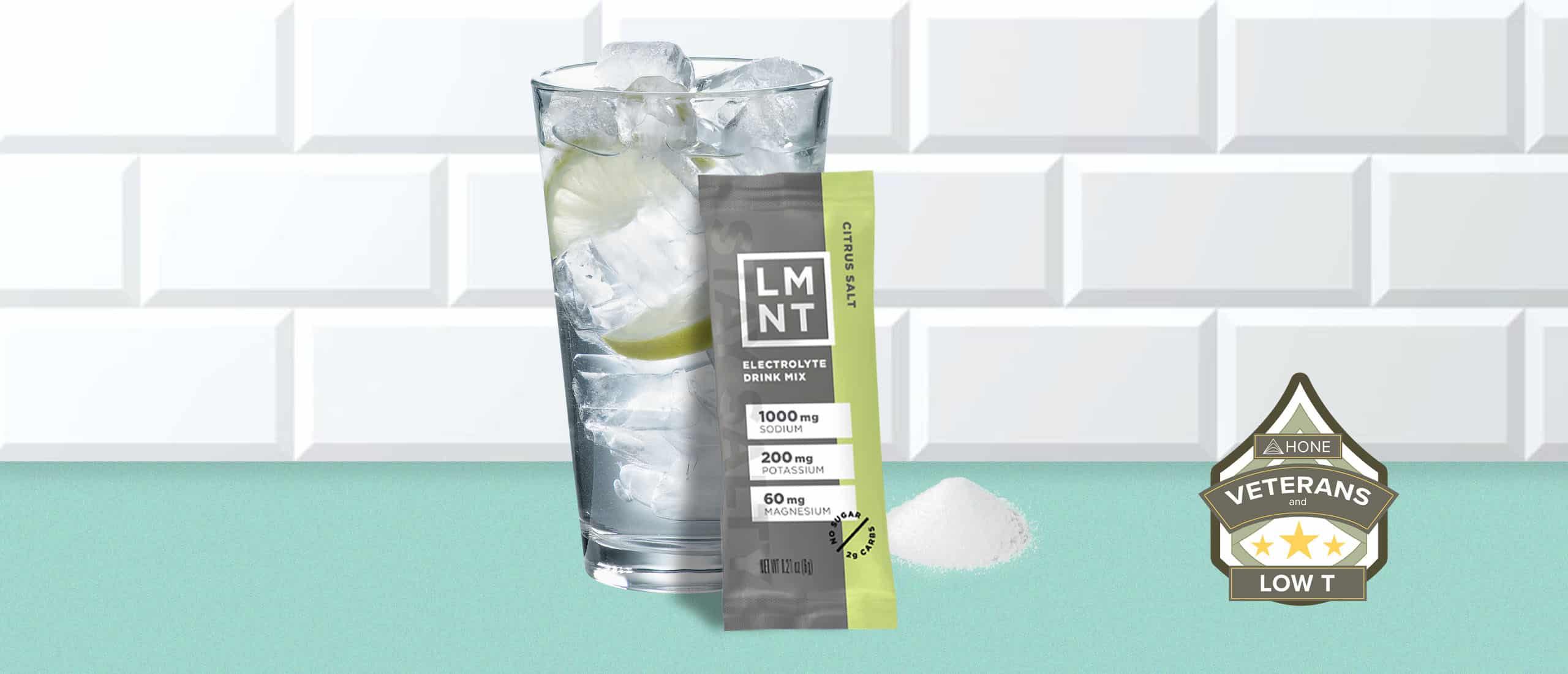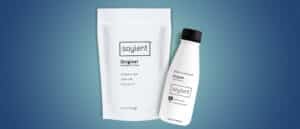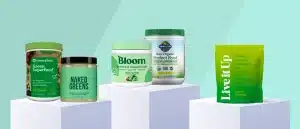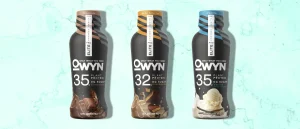Struggling to Stay Hydrated? Consider Salty Gatorade
Whatever diet, fitness regimen, or lack thereof, there is a fair chance you’re dehydrated—and there’s a high chance that’s because you’re not consuming enough salt. Or at least that’s how pro-salt advocate Robb Wolf sees it—such is the power of his belief that he founded a company with the expressed goal of bringing salty, performance water to the fore. But does it work? What’s the shtick? For a no-nonsense review, we put a month’s supply of LMNT drink powder in the hands of a group of military, veterans, and first responders who know a thing or two about pushing their bodies to the limit. Here’s what they said.
This review is a part of Hone Health’s celebration of Veteran’s Day, for which we’ve conscripted a team of military, former military, and first responders from our community to help us rigorously review popular products. This product was purchased by The Edge editors for review. We may earn commissions on reviewed products purchased through our links to retailer sites.
What Is LMNT?
First released in 2018, LMNT is an electrolyte-based hydration powder. An order comes with 30 packets per box, and is mixed with 16 ounces of water (or more) for an energy pick-me-up. The brand says the most common context for drinking an LMNT-infused water is in the morning or half an hour before a workout. Basically, any time you need mental sharpness or are preparing to lose a lot of fluids (through sweat, hopefully).
There are a number of LMNT flavors (we tested with the classic Citrus Salt option), but they’re all more or less made of the same stuff.
- Salt (Sodium Chloride)
- Citric Acid
- Magnesium Malate
- Potassium Chloride
- Natural Flavors
- Stevia Leaf Extract
Nutrition-wise, you’re looking at a fat stack of sodium (obviously), a sprinkle of carbohydrates, and a healthy side of potassium and magnesium.
Is LMNT good for you?
LMNT is perfectly good for most active people. Most concern stems from its full 1g of sodium, which is nearly half of a person’s reference daily intake, per the FDA. But contemporary research has suggested that most people should consume more sodium, especially those without hypertension, as higher levels—something around 3 to 6g daily—is associated with lower risk of mortality and cardiovascular events.
On top of this, sodium is lost quickly during intense workouts, which is exactly what LMNT is for. So whether you’re close to sedentary or working out several times a week, LMNT isn’t going to do much damage to you. That said, as with any shift in dieting, it’s always wise to consult with your primary care physician.
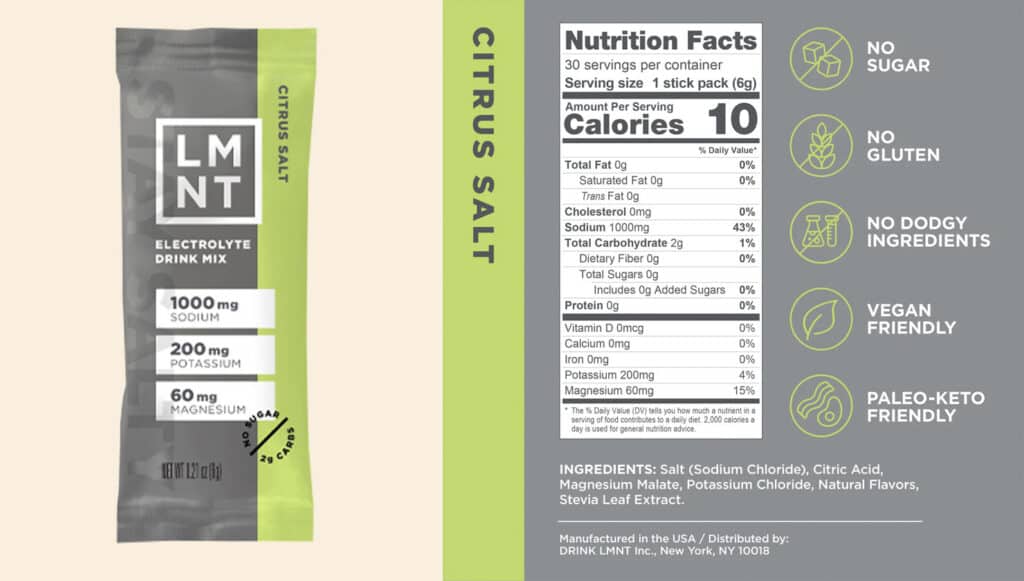
What’s Good About LMNT?
Energy boost during exercise
One of LMNT’s key competitive differentiators is its performance focus, so the first and most important question we had for our testers was this: after drinking an LMNT water before a workout, did you notice any difference in your workout? What we heard back: big time.
“My stamina and focus during workouts increased,” Chris L. noted. “When bursts of energy were needed during a HIIT session I was able to keep up with the workout.”
Chris added that, compared to Gatorade, Zipfizz, or other common sports hydration supplements, the benefits from using LMNT were significantly more apparent.
All but one of our testers reported observably increased energy level, stamina, and focus during their workouts.
Noticeably more hydrated throughout the day
The non-sport or fitness context of throwing back an LMNT water, according to the brand, is any time “mental clarity is at a premium.” This means the morning, or perhaps when you’d usually have that afternoon cup of coffee, is fair game.
David C. said it takes about half an hour to feel the energizing effects of LMNT. James E. said it helped him stave off migraines.
“I suffer from migraines pretty regularly that just wipe me out. It’s usually dehydration or exhaustion, but when I down one of these with 32 ounces of water it helps tremendously,” he told us.
Chris L. noted significant changes after sticking with LMNT for a few days in a row.
“After using it on a daily basis for a few days my energy levels increased, slept better, and calf cramping disappeared,” he said.
Overall, every reviewer reported a noticeable upward shift in their energy level after drinking an LMNT.
What’s Not Good About LMNT?
Salty flavor can be jarring
Though none of our testers expressed negativity regarding the taste, all made it very clear in their notes that the flavor is not just a little salty—it’s noticeably so. We expect that, for some, the expectation is a sickly sweet sports drink (thanks, Gatorade!), and that the saltiness of LMNT won’t pass the sniff test for them. It should be noted that LMNT doesn’t shy away from this characterization; nearly all of the brand’s marketing material, website, and social media make its salty nature abundantly clear.
Some reported stomach uneasiness
We asked our testers if they noticed any differences—positive or negative—in their everyday body functions once they started testing LMNT. None had anything to say about stomach uneasiness. That said, if you read reviews of LMNT it seems like a fairly common criticism. Again, none of our testers reported this, but given the frequency with which it appears in customer reviews, we felt it was worth mentioning here.

Community, conversation, camaraderie.
Hone’s exclusive community is the place to be for treatment talk, wellness tips, and gear recommendations, from guys like you.
Passable taste and texture
One of the keys to being consistent with any new diet or supplement is the ease with which it folds into your routine. If something tastes bad—or the texture is way off—you’re doomed. Texture and taste complaints are common with powdered drink additives like LMNT, and because LMNT has no added sugar to brighten up the flavor, we wanted to know if the drinking experience is tolerable.
On texture, our testers universally reported it as no different than a Gatorade or other sports drink. On taste, the answers were all similar: it’s like a sports drink, but saltier.
“The taste is like an extremely salty citrus or lemon-lime Gatorade flavor,” James E. wrote.
“Perfect balance of citrus and salt. Similar to Gatorade Lemon lime,” Chris L. told us.
“Saltier than other ‘hydration’ drinks, but still tastes good and I appreciate the extra sodium,” David C. added.
You get the gist.
Fair pricing
There are two ways to buy LMNT. The first is through a one-off purchase, which is about $45 for a 30-pack box—or $1.50 a drink. The second is via a monthly subscription which cuts the price to $39 a box, or $1.30 a drink. For us, the product is a fair deal at either price, though we do recommend starting with a one-off purchase.
When we asked our review team if they’d recommend LMNT to a friend—or buy it for themselves—at its MSRP all but one said they would. Our view is that it’s a fairly reasonable dollar amount for noticeable gains in general energy, exercise quality, and recovery.
The Competition
Liquid IV vs. LMNT
Probably the most popular alternative. Liquid IV is available at a number of grocery stores (and Costco) and priced almost identically—LMNT is $1.50 a drink while Liquid IV is $1.56. Beyond price, the key differentiators are sugar and vitamin content. Liquid IV contains 11 grams of added sugar in the form of dextrose, while LMNT contains no added sugar. The difference is immediately apparent tasting them side-by-side as well, as the Liquid IV water is significantly sweeter. Liquid IV does bring a nice bundle of vitamins B3, B5, B6, B12 and C to the party, though. We still prefer LMNT due to its zero-sugar policy.
Zipfizz vs. LMNT
Zipfizz is the exact same price per drink and adheres to a no-sugar formulation like LMNT. Zipfizz does contain caffeine, though, while LMNT does not. Its electrolyte count is also significantly lower than LMNT, so it’s more like a caffeinated multivitamin than a true sports drinks, for our money.
Gatorade vs. LMNT
We’re including Gatorade in the competition section because it’s most people’s first idea of a sports drink, not because it’s a competition between the two when it comes to performance or healthfulness. A bottle of Gatorade contains something like 35g of added sugar—which is a whole hell of a lot—while LMNT contains zero grams of added sugar. Gatorade also contains one-quarter the sodium (electrolytes) LMNT does, and is chock full of artificial coloring agents. You can drink Gatorade if you want—for nostalgia, maybe—but LMNT and really any electrolyte powder will be better for you.
Key Nutrients vs. LMNT
Key Nutrients is a lesser known brand than the others, but it might be the most recommended electrolyte powder on the internet. Part of that is the price—it’s just $0.36 a serving—but it’s not just price. Like LMNT, it’s a zero-sugar product. It also boasts a nice package of vitamins and minerals like LMNT. It’s makeup does err toward an everyday multivitamin than performance booster, but that’s not necessarily a bad thing. It’s largest flaw is the lack of a complete nutrition and ingredient label, though, which comes off as a mistake from the company at best or a conscious decision to hide a not-so-great ingredient mixture at worst.
The Bottom Line
Our test group of former and current servicemen and first responders roundly praised LMNT for the energy boost—both at the gym and in their day-to-day lives—they felt after trying it for a month. They reported the salty-citrusy taste is jarring at first, but is easy to like, and all said they’d recommend it to a friend.


